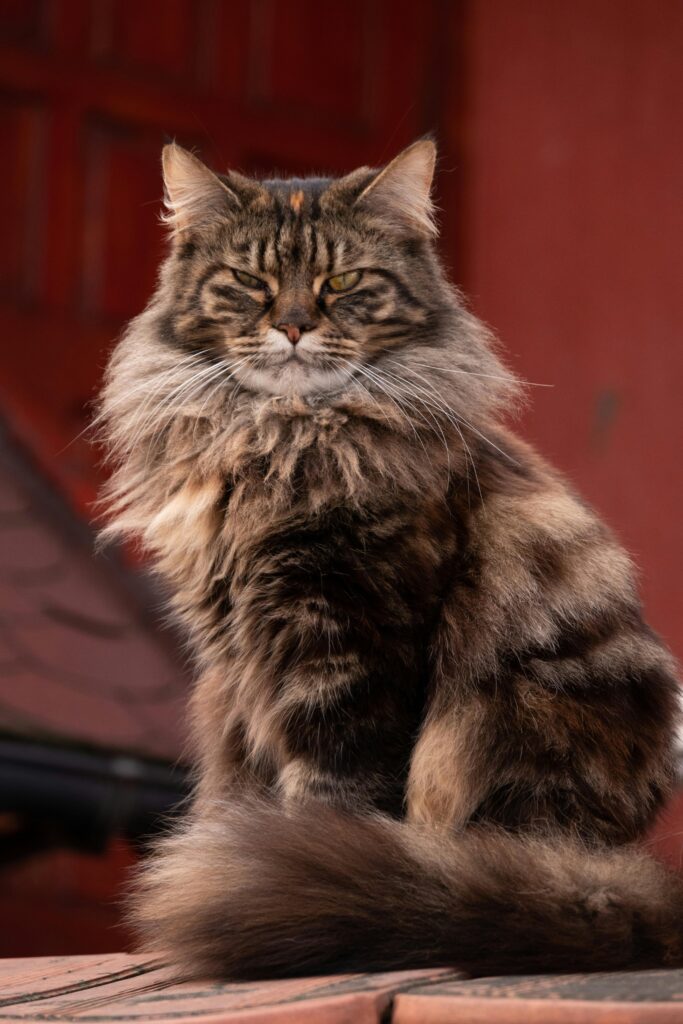
Tabby Cat Genetics: Understanding the Agouti and Pattern Genes
The coat pattern known as the Tabby is produced by the interaction of two genes — the agouti gene and the pattern gene. Understanding the difference between these two is essential to make sense of tabby cat genetic markings and inheritance.
All domestic cats carry the genetic blueprint for a tabby pattern, even solid-colored ones. However, the pattern only becomes visible when the agouti gene is active.
The Agouti Gene (A)
The agouti gene (A) controls banding or “ticking” on individual hairs. Each hair alternates between light and dark pigment bands. Cats that lack this gene (aa, or non-agouti) have hairs that are the same color from root to tip, producing a solid coat.
This same type of banded hair is also seen in small mammals like rabbits, mice, and the South American rodent called the agouti, which gave the gene its name.
In cats, the agouti gene does not act evenly across the body. Certain areas retain solid color while others show banded hairs, producing the distinctive tabby cat markings we recognize as the pattern.
Even solid (non-agouti) cats still have the tabby pattern hidden in their genetic code. This may show faintly as “ghost markings” — especially visible in kittens, or adults when the coat is fading or before a molt.
Breeders sometimes pair tabby cats with solids, and recognizing the faint masked pattern in solids can be useful before mating decisions are made. There are currently no DNA tests that can directly identify tabby pattern types.
It is important to note that the dark “pattern” areas in a tabby should not contain agouti hairs, while the lighter areas between markings — known as the ground color — should be made up entirely of banded agouti hairs.
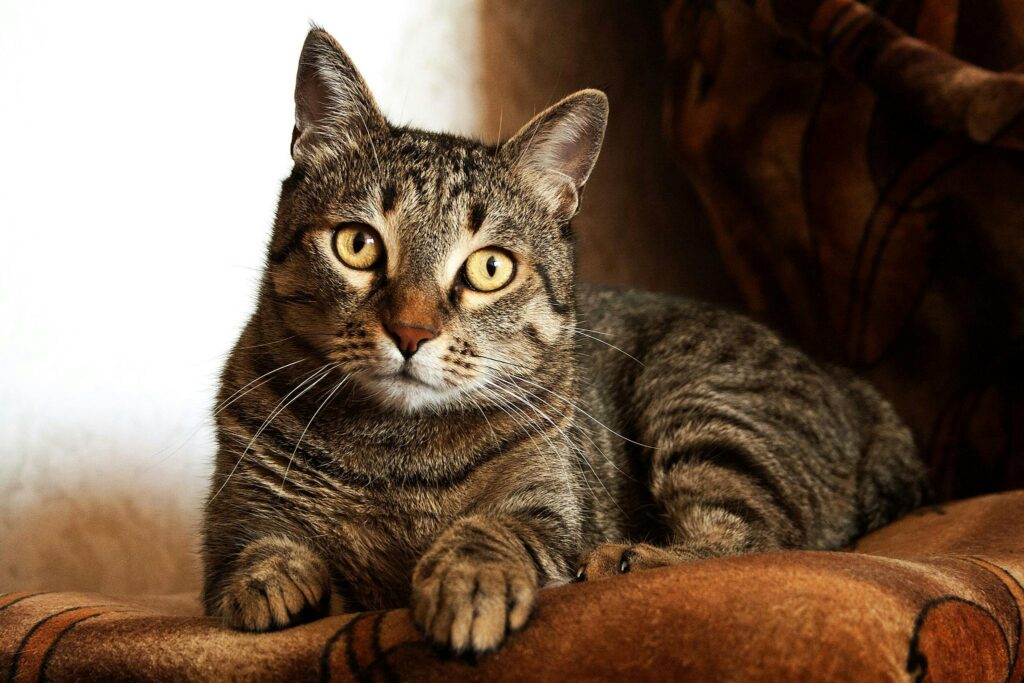
The Pattern Genes
There are four known tabby pattern genes, listed in order of dominance:
- Ticked Tabby (Ta)
- Spotted Tabby (T)
- Mackerel Tabby (T)
- Classic Tabby (tb)
Every cat inherits two copies of each gene, one from each parent.
- Cats with identical pattern genes are homozygous.
- Cats with two different pattern genes are heterozygous, meaning they show one pattern but carry another.
Because of how dominance works:
- A Ticked Tabby can carry spotted, mackerel, or classic patterns.
- A Spotted Tabby can carry mackerel or classic.
- A Classic Tabby cannot carry another pattern — it is always homozygous (tbtb).
It’s still debated whether mackerel and spotted are separate genes or simply different expressions of the same gene modified by selective breeding.
Some breeders mistakenly believe spotted tabbies or ticked breeds like the Abyssinian are not true tabbies — but genetically, they are. The Classic Tabby, however, is universally recognized as the traditional tabby form.
The Ticked Tabby (Ta)
The Ticked Tabby pattern comes from the same gene that produces the coat of the Abyssinian cat, and was likely introduced into other breeds through them. It’s uncommon in European feral cats but widespread in Asian cat populations.
A ticked tabby has body fur made entirely of agouti hairs, giving an even “salt-and-pepper” look. Tabby markings appear only on the face, legs, and tail. Ideally, each hair has two or three alternating light and dark bands, but in reality, this perfect banding is rare. Breeders usually aim for an even distribution of ticking over the body.
Ticked Tabby Gene is Not Completely Dominant.
The ticked gene is incompletely dominant, so it produces two visible forms:
- Homozygous (TaTa) cats have minimal markings — mostly just on the face, tail tip, and feet.
- Heterozygous (Ta_) cats have more visible bars and rings on the limbs and tail.
In both cases, the tail tip should be solid in color, and both may show a darker line running along the spine to the tail.
Abyssinian and Somali breeders have long selected for the homozygous form, which removes almost all body markings except for a tail tip, dark feet, and “eyeliner” around the eyes. A faint or broken necklet may be present but is acceptable.
Kittens born with this pattern usually appear almost solid in color, showing only faint markings on the face. Around 3 months of age, the ticking becomes clear and the coat begins to look like that of an adult ticked tabby. True ticked tabbies never show ghost body stripes — kittens that start with strong body markings which later fade are likely pseudo-ticked or shaded cats, not genuine ticked tabbies.
of an adult ticked tabby. True ticked tabbies never show ghost body stripes — kittens that start with strong body markings which later fade are likely pseudo-ticked or shaded cats, not genuine ticked tabbies.
The Spotted Tabby (T)
The Spotted Tabby pattern features dark spots of solid color on an agouti background. These spots should be separate, evenly distributed, and not connected to form bars. The shape and size of spots vary between breeds — they may be round, oval, or arrow-shaped, depending on selective breeding goals.
The spine line should be broken into a chain of spots. In some cats, there are three parallel lines of spots running down the back. The face retains traditional tabby lines that meet at a “scarab” mark on the forehead.
Spotted tabbies should have:
- A solid tail tip
- Even tail rings
- Clear contrast between the spots and the lighter background
Ideally, the spots are the same color as the tail tip and extend well down the legs. In some individuals, small spots even appear on the toes.
A well-marked spotted tabby should have visible spots at a glance — if you need to look closely to find them, the pattern lacks definition. Excessive ticking inside the pattern areas reduces contrast and is considered a fault.
The Mackerel Tabby (T)
The Mackerel Tabby is probably the most common natural tabby pattern and is often seen in feral cats. It has narrow, unbroken vertical stripes running down the sides from the spine. The legs and tail are also ringed, with a solid-colored tip.
There’s been ongoing debate over whether the spotted and mackerel patterns are distinct genes or simply variations of the same one. Cats with partial or broken stripes are often jokingly called “spackerels.”
A perfect mackerel tabby has a single dark stripe running along the spine, with thin, evenly spaced vertical bars down the flanks — similar to a tiger’s coat. The Toyger breed was developed to exaggerate this look.
The Classic Tabby (tb)
The Classic Tabby, also known as blotched or marbled, is the most recessive of all tabby patterns. It has existed in domestic cats since ancient times and was the first pattern recognized by early cat breeders.
The classic pattern is dominated by bold whorls and circular “bullseye” markings on the sides, with wide solid lines and less agouti (ground color) showing through. Because of its strong visual impact, some people wrongly consider it “ordinary,” but it is genetically unique and visually distinct.
Key features include:
- A “butterfly” mark on the shoulders
- A broad spine line that runs to the tail
- Large oyster or bullseye marks on the flanks surrounded by rings
The goal in breeding is to achieve symmetry between both sides, though this can be difficult. Each marking area should be solid to the root with no banded hairs mixed in.
Because it’s recessive, mating two classic tabbies (tbtb) will only produce classic offspring. If both parents carry the gene, about 25% of the kittens may show the classic pattern.
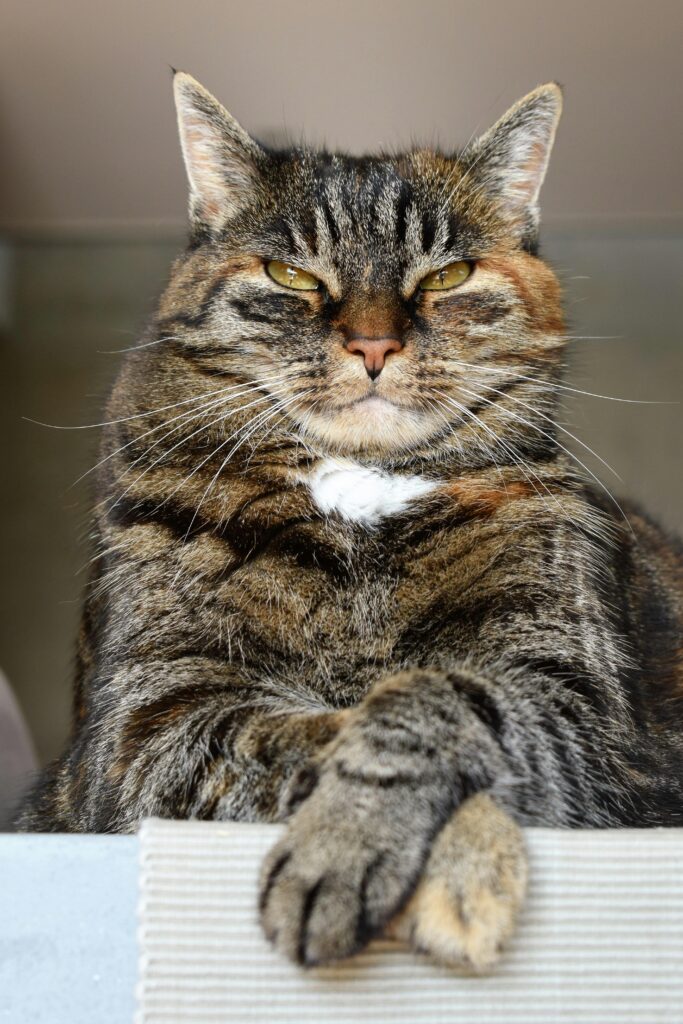
Shared Features of All Tabby Patterns
While tabby varieties differ in pattern, they share certain structural features:
- Pattern areas are solid in color and free of banding.
- Ground color areas are made up of agouti hairs.
- There must be strong contrast between pattern and background for clarity.
If the pattern hairs show banding (ticking), the markings appear blurry and the pattern loses sharpness. Rich, clear coloring is essential — for example, a brown tabby should have black markings on a warm copper-brown ground. A cold, grayish tone makes the coat appear dull.
Throat, Chin, and Lip Color
Tabby cats often have paler chins and lips, sometimes appearing almost white. While some lightness is typical, breeders should avoid cats with obvious white on the throat or muzzle, except in ticked varieties, where a paler chin is normal due to the gene’s effect.
Leg and Tail Markings
Leg bars and tail rings should be clear and extend as far down as possible. Classic tabbies tend to have the most distinct bars, while spotted and ticked cats may show less definition. All tabby tails must have a solid dark tip.
Ring patterns differ between types:
- Classic tabbies have broad, irregular rings.
- Spotted tabbies have even, narrower rings.
- Mackerel tabbies show many thin, evenly spaced rings.
- Ticked tabbies rarely show full tail rings; their markings are usually partial or broken.
In red or cream tabbies, the tail tip may appear lighter due to pigment dilution.
Silver Tabbies
The Silver Tabby color results from the Melanin Inhibitor gene (I), a dominant gene that prevents full pigment formation. To produce silver or smoke kittens, at least one parent must carry this gene.
In non-agouti (solid) cats, the inhibitor produces a smoke coat — dark on top with a white undercoat. In agouti (tabby) cats, it lightens the agouti hairs, giving a pale silvery background beneath dark markings.
Silver tabbies lack the warm tone of brown tabbies and instead show a high-contrast, cool silver background. However, some silvers develop yellow or “brassy” tones on the face or legs, known as tarnishing. This is caused by rufism polygenes, which intensify warm tones in other varieties but are undesirable in silvers.
Properly bred silver tabbies should have clean white ground color, dark pattern contrast, and minimal tarnish.
The Wide-Band Gene (Wb)
The wide-band gene (Wb) modifies how pigment bands are distributed along the hair shaft. It widens the pale sections of agouti hairs, reducing visible patterning. This gene is responsible for shaded, tipped, and golden varieties — cats that appear nearly solid but are genetically tabby.
In silver cats, it creates Shaded Silver, Tipped Silver, or Chinchilla. In non-silver cats, it produces Golden or Shaded Golden.
The wide-band gene is incompletely dominant, meaning heterozygous cats (Wbwb) show partial shading, while homozygous cats (WbWb) show extreme reduction of pattern.
Because the wide-band gene blurs the tabby pattern, it’s important for breeders not to confuse poor tabby definition with genuine shading. Consistently hazy or faded markings across multiple generations may indicate wide-band influence.
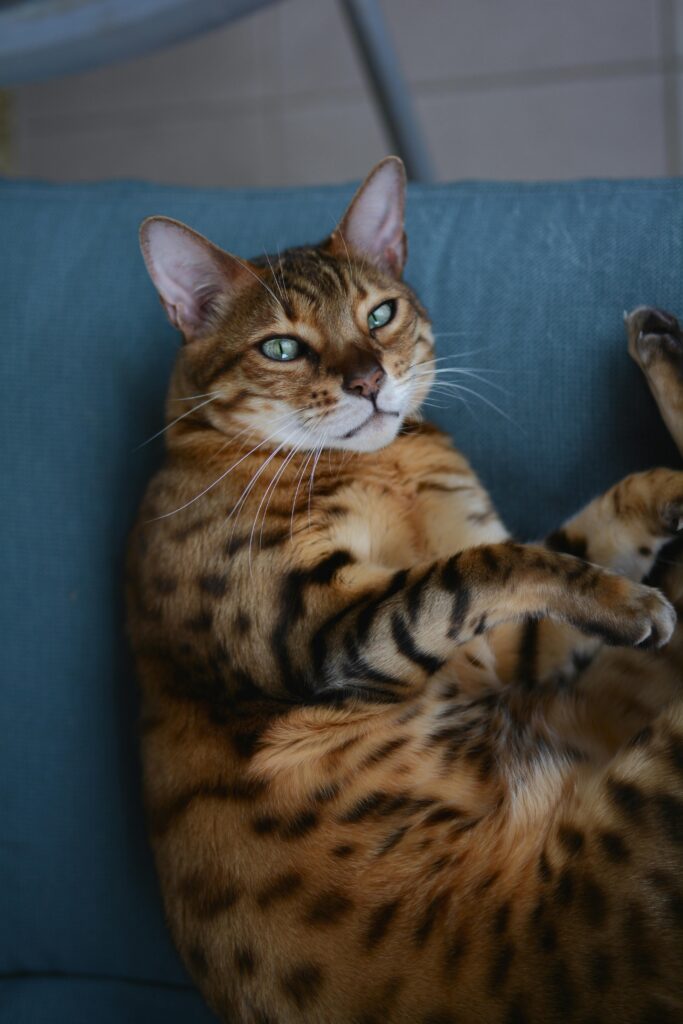
Frequently Asked Questions About Tabby Cat Genetics
1. Are all cats genetically tabby?
Yes. All domestic cats carry the tabby pattern genetically. The pattern only appears visibly when the agouti gene (A) is active. Cats that are non-agouti (aa) appear solid because the gene that reveals the tabby pattern is turned off. However, you can often see faint “ghost” stripes in solid kittens or when their coats are sun-bleached.
2. What gene causes the tabby pattern in cats?
Two genes control the tabby pattern: the agouti gene and the pattern gene.
- The agouti gene (A) determines whether the coat will show a tabby pattern or be solid.
- The pattern gene decides which type of tabby the cat will be — ticked, spotted, mackerel, or classic.
Both must work together for the pattern to appear.
3. What are the four main tabby patterns?
The four main tabby patterns are:
- Ticked Tabby (Ta) – evenly banded hairs with little to no body striping.
- Spotted Tabby (T) – dark, separated spots on a lighter background.
- Mackerel Tabby (T) – thin vertical stripes like a tiger.
- Classic Tabby (tb) – bold swirling patterns with a bullseye shape on the sides.
4. Can a solid cat carry tabby genes?
Yes. Even cats that look solid have the tabby pattern in their DNA. The difference is that the non-agouti gene (aa) hides the pattern by stopping the alternating pigment bands. When two solids are bred together, they can still pass along tabby genes that reappear in future generations.
5. What is the difference between mackerel and classic tabby?
A mackerel tabby has narrow, vertical stripes that run down the body from the spine — the pattern most people associate with “striped cats.”
A classic tabby has broad swirls, loops, and the distinct “bullseye” or “oyster” pattern on its sides.
Mackerel is dominant over classic, meaning a cat must inherit two classic genes (tbtb) to show the classic pattern.
6. What makes a cat a silver tabby?
A silver tabby has a dominant Melanin Inhibitor gene (I) that blocks pigment in the hair shaft, lightening the background color to white or silver. The darker pattern color remains, creating a striking high-contrast look.
To produce silver kittens, at least one parent must carry the silver or smoke gene.
Black Smoke Maine Coon Genetics
7. What is the wide-band gene in cats?
The wide-band gene (Wb) changes how pigment is distributed on each hair, expanding the pale sections and softening the pattern. This gene produces shaded, tipped, and golden cats.
Wide-band cats are genetically tabby, but their markings are greatly reduced or nearly invisible.
“What Is the Wide-Band Gene in Cats?”
8. What is a ghost tabby pattern?
A ghost tabby pattern appears as faint stripes or spots on an otherwise solid-colored cat. It’s most visible in kittens or cats with short, glossy coats. These markings are the “hidden” tabby pattern that remains even when the agouti gene is inactive.
9. Do tabby cats come in different colors?
Yes. The tabby pattern can appear on many base coat colors — brown, blue, red, cream, silver, and more.
The pattern gene only affects the layout of markings; the color genes determine the actual pigment. For example, a brown tabby has black markings on a brown background, while a silver tabby has black markings on a pale silver background.
10. Can you DNA test for tabby pattern genes?
As of now, there is no direct DNA test that identifies which tabby pattern a cat carries. The agouti gene can be tested, but not the pattern type itself. Breeders must determine the pattern through observation and breeding results.
(Can Ragdoll Cats be Tabby?)
11. Are Abyssinians and Somalis tabby cats?
Yes. Abyssinians and Somalis are genetically ticked tabbies (TaTa). Their coats are fully covered in banded agouti hairs, with little to no body striping. The only visible markings are typically on the face, tail tip, and feet.
12. What causes “tarnish” in silver tabbies?
“Tarnish” or “brassiness” refers to unwanted yellow or warm tones in silver cats. It’s caused by rufism polygenes, which intensify red or warm pigment. Breeders usually select against this to maintain a clean silver coat with high contrast.
13. How do shaded and tipped cats relate to tabbies?
Shaded and tipped cats are genetically tabbies affected by the wide-band gene. This gene reduces the pattern so much that only the tips of the hairs remain colored.
In silver cats, this creates shaded silvers and chinchillas; in non-silver cats, it creates goldens. They are tabbies — just heavily modified.
14. Why do some cats have white chins or muzzles?
Light-colored chins and lips are common in tabbies due to reduced pigment in those areas. It’s normal and not considered a fault unless the white extends into the throat or chest (except in ticked tabbies, where lighter chins are expected).
15. What determines how strong a tabby pattern looks?
Pattern clarity depends on contrast between the solid markings and the lighter agouti background. The fewer agouti hairs inside the pattern, the sharper the markings will look. Selective breeding for contrast produces the crispest tabby coats.
Tabby Gene Summary
All tabby cats — whether classic, spotted, mackerel, or ticked — owe their patterns to the agouti gene and pattern genes working together.
Understanding these genetics helps breeders predict patterns, improve coat contrast, and distinguish true tabbies from shaded or wide-band variants. Every domestic cat, even solid-colored ones, carries the story of its tabby ancestry in its DNA.
Want more?
Interested in other popular or rare Cat Genetic Colors? Read more here:
Sources & References
- UC Davis Veterinary Genetics Laboratory (VGL). Feline Coat Color & Pattern Genetics.
Reference laboratory used worldwide for genetic testing and inheritance analysis in cats. - International Cat Care (iCatCare). Cat Coat Colours and Patterns Explained.
Veterinary-based explanation of the agouti gene, tabby patterns, and color inheritance. - Lyons, L.A., Ph.D. – University of Missouri Feline Genetics Laboratory. Research in Feline Coat Color Genes.
Peer-reviewed genetic research including Agouti (A), Tabby, and Inhibitor (I) loci. - Journal of Heredity (Oxford University Press). Studies on the Genetics of Cat Coat Color and Pattern.
Academic articles covering molecular and inheritance mechanisms in domestic cats. - Basepaws Cat Genetics Library. Understanding Cat Coat Color Genetics.
DNA-based overview of coat and pattern genes accessible to breeders and owners. - Messybeast Cat Genetics Resource – Sarah Hartwell. Tabby Pattern and Agouti Gene Overview.
Long-standing educational reference detailing feline color genetics and variations. - Cornell Feline Health Center. Coat Colors and Genetics Overview.
Veterinary reference on hereditary coat color traits in domestic cats.
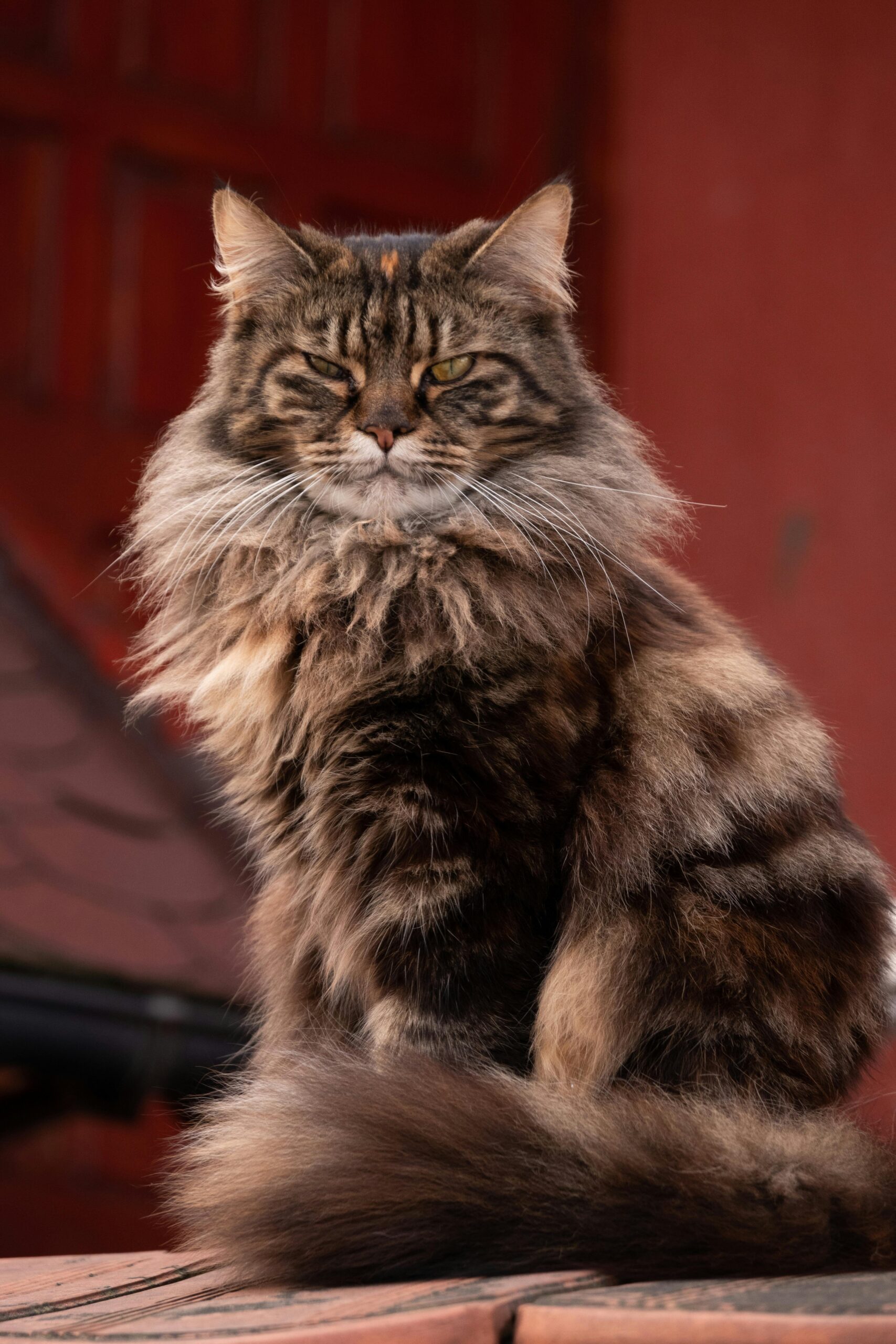
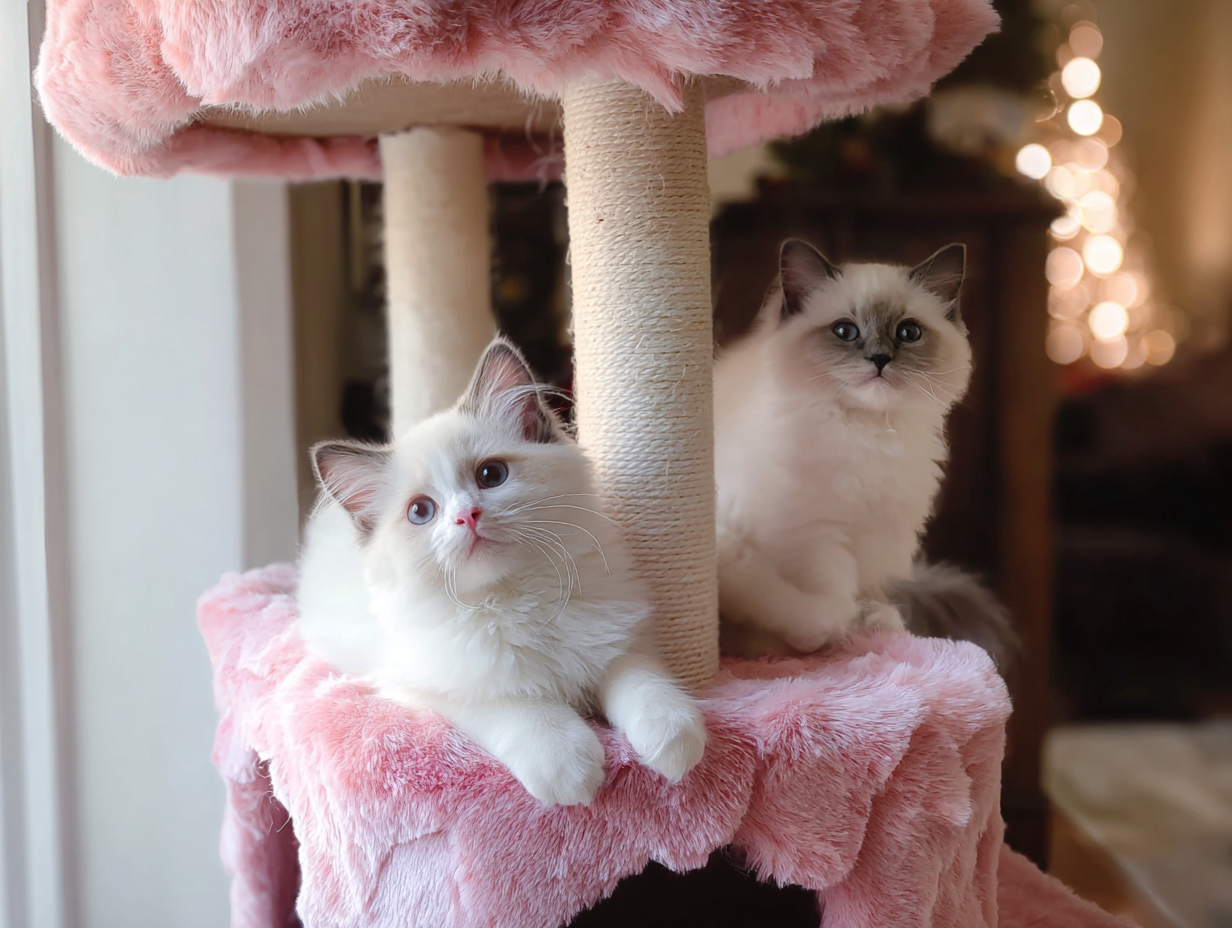
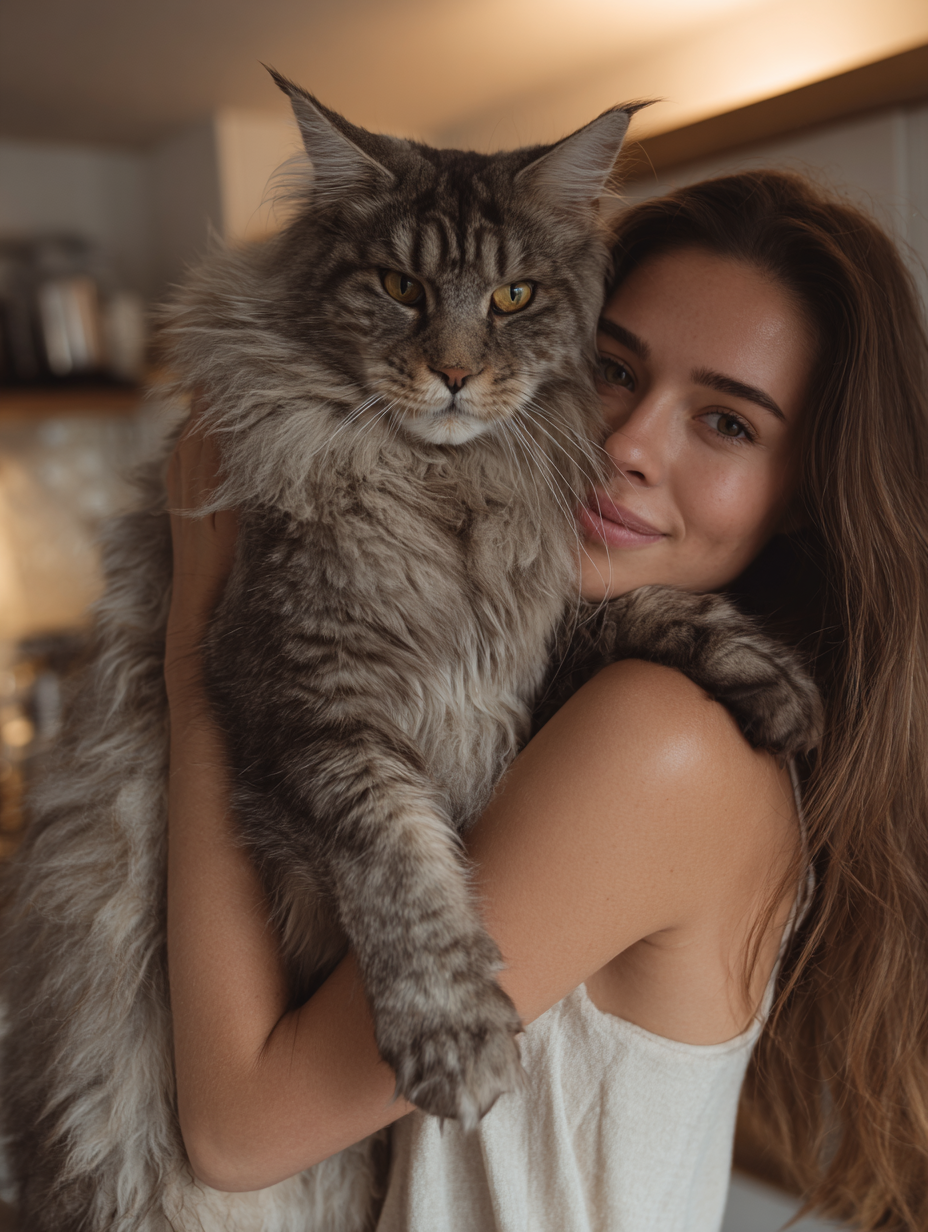


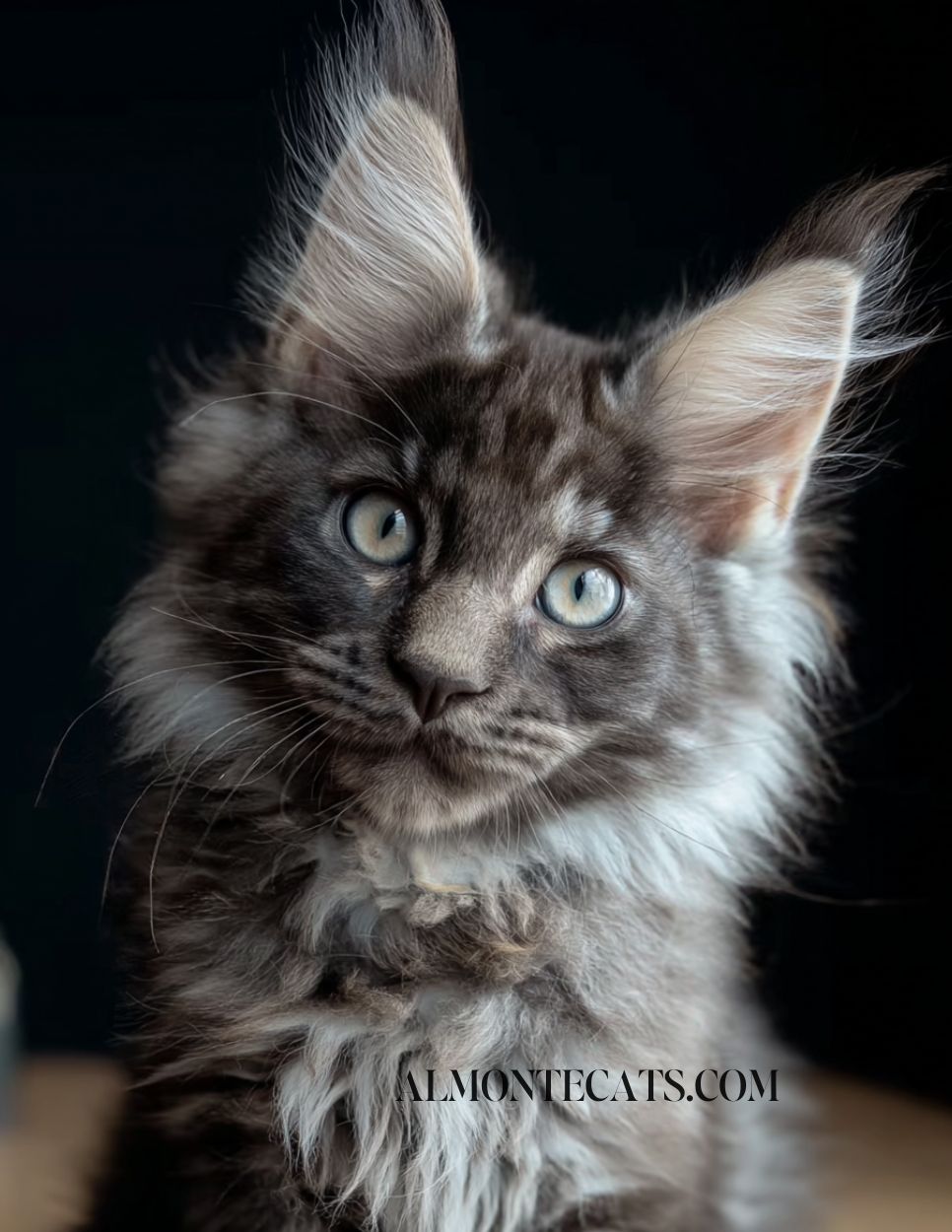
Read the Comments +